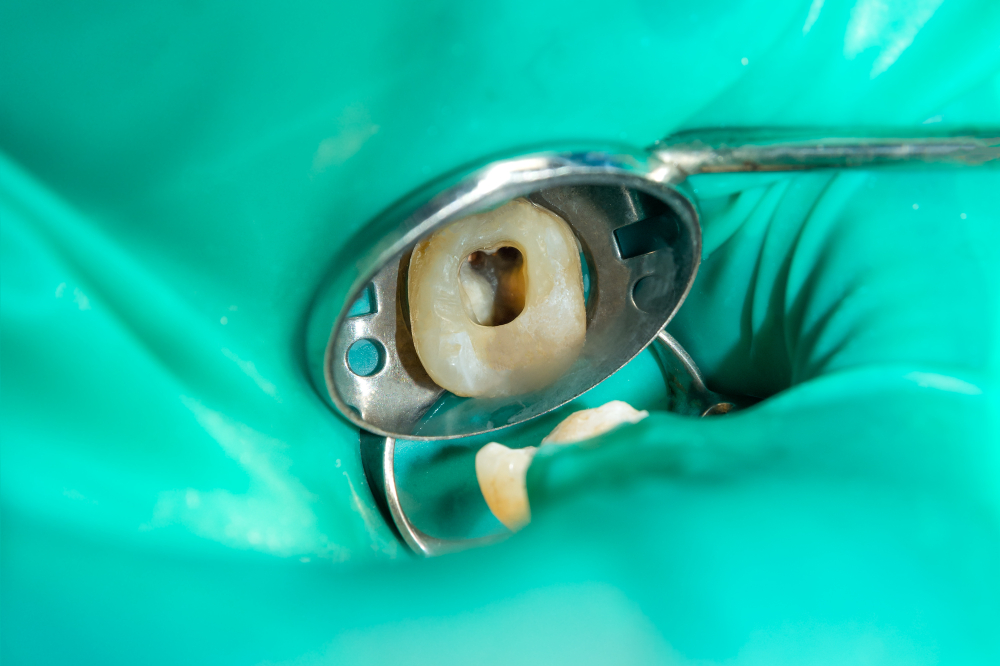 Understanding the role of rubber dams in procedural efficiency and infection control is essential for delivering high-quality oral care. Here, we explore some notable details about rubber dams and how to choose and use them effectively.
Understanding the role of rubber dams in procedural efficiency and infection control is essential for delivering high-quality oral care. Here, we explore some notable details about rubber dams and how to choose and use them effectively.
Q: How effective are rubber dams at isolating treatment areas and minimizing cross-contamination?
A: By creating a physical barrier between the operative field and the rest of the oral cavity, rubber dams prevent saliva, blood, and debris from contaminating the treatment site. This not only enhances infection control but also improves visibility and access for clinicians, leading to more efficient and precise procedures.
Q: What are some of the key factors to consider when choosing a rubber dam material?
A: Clinicians should consider factors such as flexibility, durability and tear resistance, and allergenic potential. Latex rubber dams are the traditional choice due to their stretchability and tear resistance. However, for patients with latex allergies, non-latex alternatives such as nitrile or polyisoprene rubber dams are also available. Additionally, clinicians may opt for prepunched rubber dams to save time during placement.
Q: Which techniques and materials can enhance patient comfort during rubber dam placement and use?
A: Using lubricants or topical anesthetics can help minimize discomfort associated with stretching and manipulation of the rubber dam. Clinicians can also choose thin, flexible rubber dam materials to further improve patient comfort by reducing pressure on the gingival tissues. Incorporating relaxation techniques and clear communication with the patient can help alleviate anxiety and promote a positive experience during the procedure, too.



